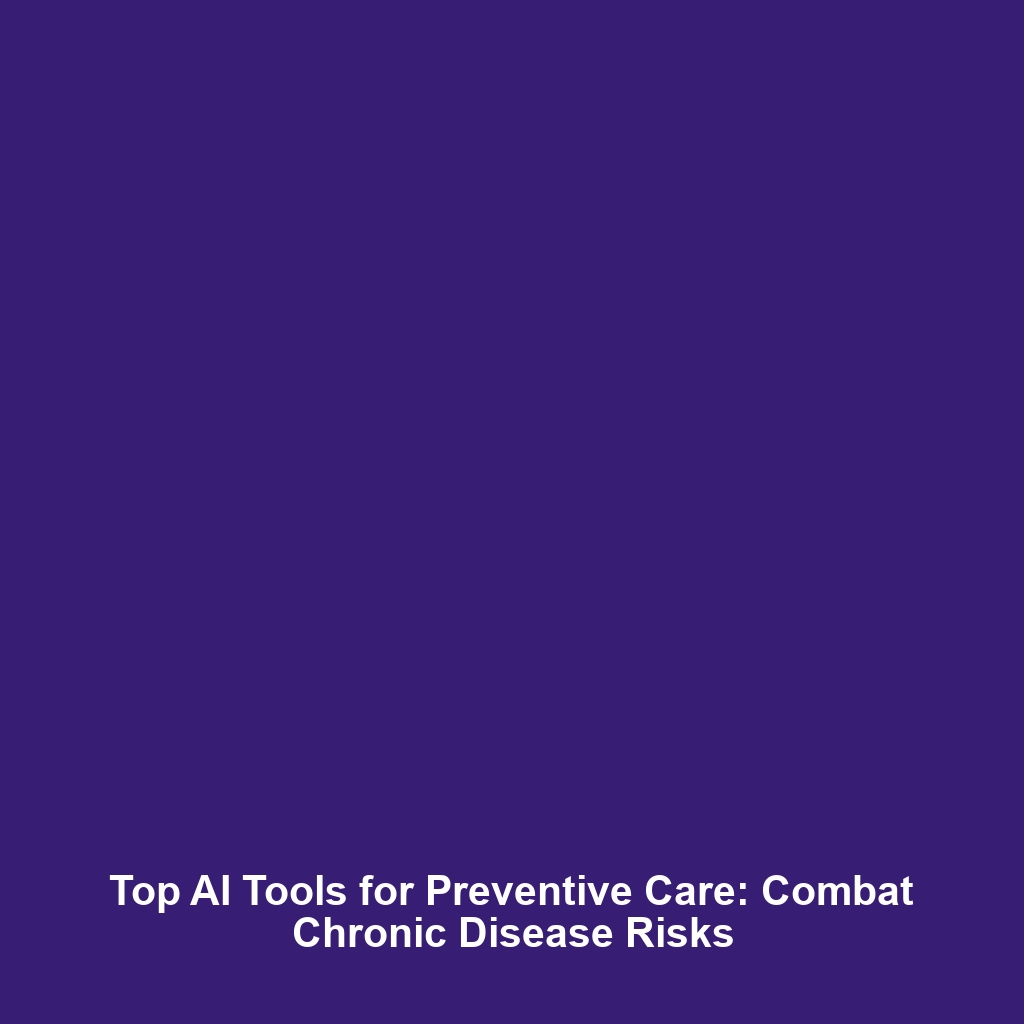How AI-Powered Wearables Help Diabetes Patients Track Glucose Levels
Introduction
The integration of AI in Healthcare has revolutionized how we manage chronic conditions, particularly diabetes. AI-powered wearables are at the forefront of this transformation, providing patients with innovative tools for real-time glucose monitoring. These smart devices not only track glucose levels but also employ advanced algorithms to predict potential fluctuations, offering individualized insights that empower users in their health management journey. Understanding how AI-powered wearables help diabetes patients offers valuable context in the broader scope of AI’s impact on healthcare.
Key Concepts
To appreciate the role of AI-powered wearables in diabetes management, it is essential to delve into several key concepts:
1. Continuous Glucose Monitoring (CGM)
CGM systems are designed to provide real-time glucose readings, which wearables leverage via sensors that monitor interstitial fluid.
2. Machine Learning Algorithms
The data collected from wearables is analyzed using machine learning algorithms that detect patterns in glucose variability, enabling predictive analytics for patients.
3. User-Centric Design
AI-powered wearables focus on user-friendliness and data accessibility, which encourages adherence to monitoring routines for diabetes patients.
Applications and Real-World Uses
AI-powered wearables have numerous applications in diabetes management:
- Real-Time Alerts: Wearables provide notifications for high or low blood sugar levels, helping patients make timely adjustments.
- Remote Monitoring: Healthcare providers can monitor patients’ glucose levels remotely, enhancing patient care and enabling timely interventions.
- Data Integration: Wearables can sync with health apps, allowing users to track dietary intake alongside glucose levels for comprehensive management.
Current Challenges
While AI-powered wearables offer significant benefits, several challenges remain:
- Data Privacy: The security of sensitive health data collected through wearables is a major concern.
- Accuracy of Algorithms: Ensuring the reliability of machine learning models that dictate alerts and predictions.
- Adoption Rates: Some patients may be reluctant to integrate technology into their health management routines.
Future Research and Innovations
Future research is focused on enhancing the capabilities of AI-powered wearables in diabetes management:
- Integration with Artificial Intelligence: Improved AI algorithms that tailor recommendations based on a user’s unique glucose patterns.
- Wearable Technology Advances: Innovations in sensor technology to enhance accuracy and user comfort.
- Collaboration with Telemedicine: Enhanced remote care solutions that integrate wearables into telehealth platforms for comprehensive patient management.
Conclusion
AI-powered wearables represent a significant advancement in how diabetes patients can monitor their glucose levels, aligning closely with the broader context of AI in Healthcare. Their ability to provide timely data and predictive insights can enhance patient outcomes and ultimately lead to a more informed management approach. As research continues and new technologies emerge, these wearables are poised to further transform how diabetes is managed. For further reading, check out our articles on AI Innovations in Healthcare and Wearable Technology Advancements.

